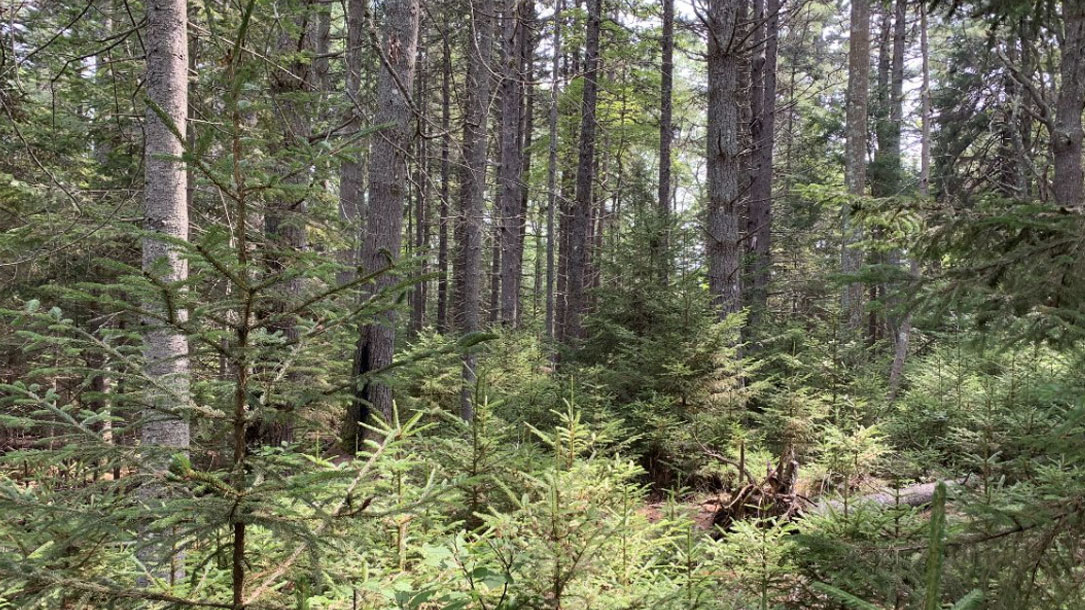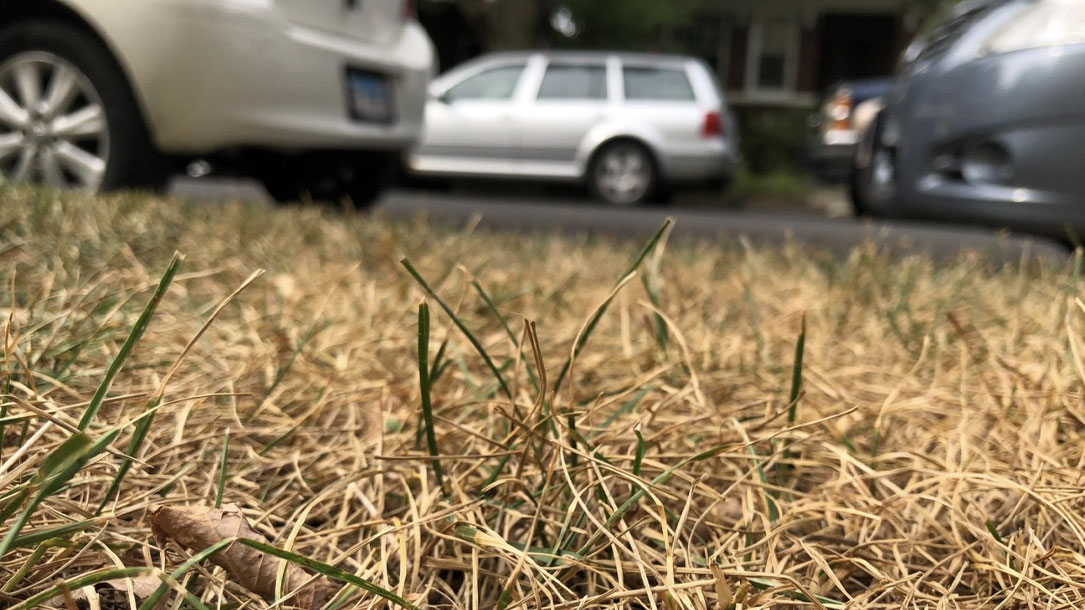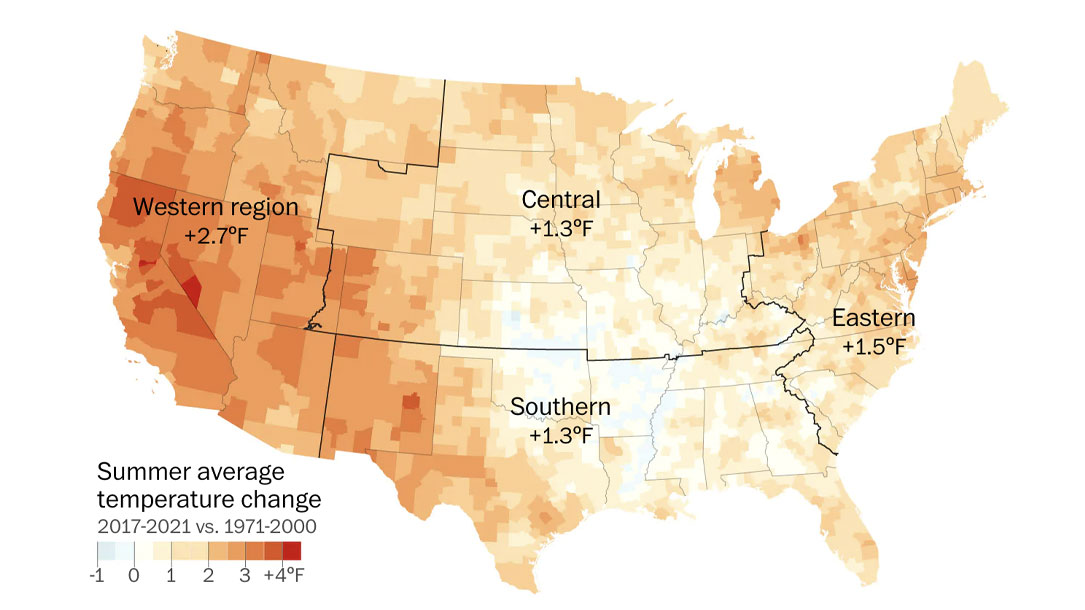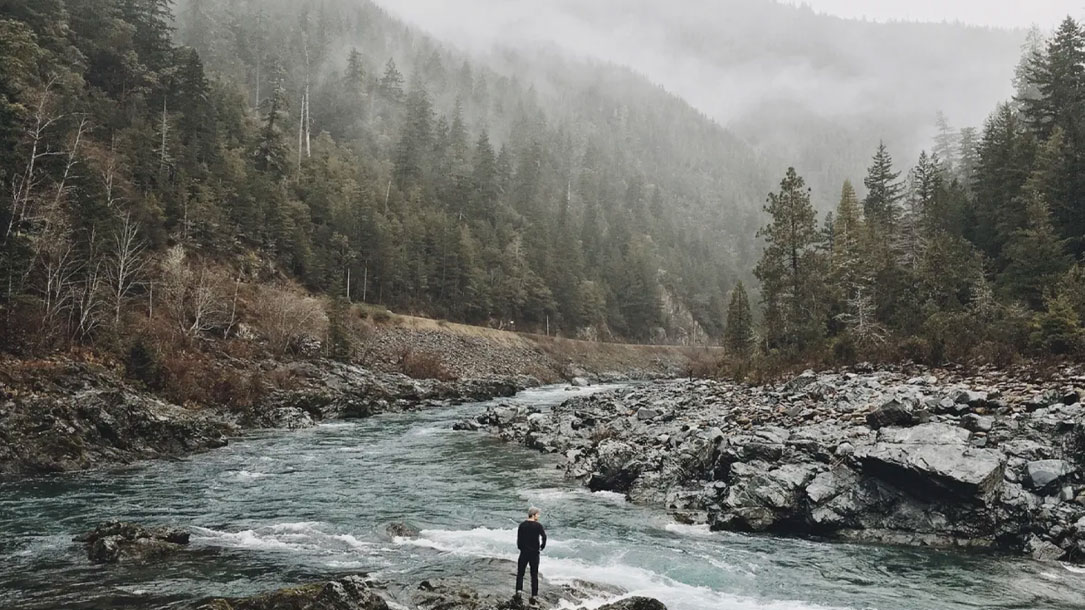
Large influence of soil moisture on long-term terrestrial carbon uptake
The impact of climate change on soil moisture could push land past a “tipping point” — turning it from a net carbon “sink” to a source of CO2.
This research shows that levels of soil moisture — which are impacted by rising temperatures and extreme events such as droughts — can have a “large negative influence” on the land’s ability to store carbon…

Climate change’s impact on soil moisture could push land past the ‘tipping point’
The impact of climate change on soil moisture could push land past a “tipping point” — turning it from a net carbon “sink” to a source of CO2, one study finds.
The research, published in Nature, shows that levels of soil moisture — which are impacted by rising temperatures and extreme events such as droughts — can have a “large negative influence” on the land’s ability to store carbon…

A menu of state actions to promote forest carbon sequestration and storage
Across the U.S., states are developing policies and programs to help promote forest-based natural climate solutions. This effort is bolstered by growth in forest carbon programs that aim to make entry into the voluntary carbon offset market accessible to all landowners. Here we present a “menu” of policy and program options (that we call action items) derived from existing state programs and policies that decision-makers can leverage to promote forest carbon solutions…

Flash drought in the making, with high temps, little rain: National Weather Service
The recent heat wave, coupled with lower than normal precipitation, has produced conditions ripe for what’s known as a “flash drought” in the Chicago area, according to the National Weather Service.
The 10-day outlook shows odds leaning toward a continued dry spell.

Summer in America is becoming hotter, longer and more dangerous
Wildfires had been burning for weeks, shrouding Reno, Nev., in harmful smoke, when Jillian Abney and her eight-year-old daughter Izi drove into the Sierras last year in search of cleaner air. The eerie yellow haze that filled the sky had brought summer to an abrupt halt, canceling all of the season’s usual delights.

Is fungi the most underused resource in the fight against climate change?
Picture a group of “climate change warriors” massing together in a battle to save the planet. Did you imagine a line of mushrooms? Well, maybe you should have, according to scientists at Boston University in the United States.
Fungi play a critical role in helping forests absorb carbon and combat the potential impacts of climate change, two Boston researchers say. Known as the “fifth kingdom of life on Earth”, there are millions of species of fungi and they are present everywhere: in water, in the air, in the soil, and on trees…

Climate change affects bird nesting phenology: comparing contemporary field and historical museum nesting records
Global climate change impacts species and ecosystems in potentially harmful ways. For migratory bird species, earlier spring warm-up could lead to a mismatch between nesting activities and food availability. CO2 provides a useful proxy for temperature and an environmental indicator of climate change when temperature data are not available for an entire time series.

Nature-based solutions: How can they work for climate, biodiversity, and people?
Experts gathered in Oxford this month to discuss how “nature-based solutions” can be used to tackle the twin threats of climate change and biodiversity loss.
Over three days at the Oxford University Museum of Natural History, the Nature-based Solutions Conference considered techniques such as forest creation or mangrove restoration, which are increasingly appearing in climate strategies. In theory, such projects could also help to reverse the loss of wildlife, provide economic boosts to local communities and strengthen resilience against climate impacts.
But the topic can be highly contentious and the conference provided a space for critics to outline their objections to nature-based solutions. Speakers took aim at companies and governments “greenwashing” and treating the natural world as a commodity…

Wildfires growing, temperature soaring around the world
Dr. Mann is a climate scientist who, in addition to his ground-breaking research, is also a widely-respected climate communicator. See what you think about his interview with CNN.

Four things to know about fungi “Climate Warriors”
Fungi represent an entire kingdom of life on Earth. When you think of fungi you might visualize mushrooms in something you eat, or mushrooms that pop up along the forest floor. But some fungi, called mycorrhizal fungi, can exist entirely underground, growing symbiotically with the roots of trees.
These fungi may not be visible to us, but our research group has found that these mycorrhizal fungi are doing us a huge climate favor behind the scenes. These fungi are climate change warriors, helping forests absorb CO2 pollution, delaying the effects of global warming, and protecting our planet.












